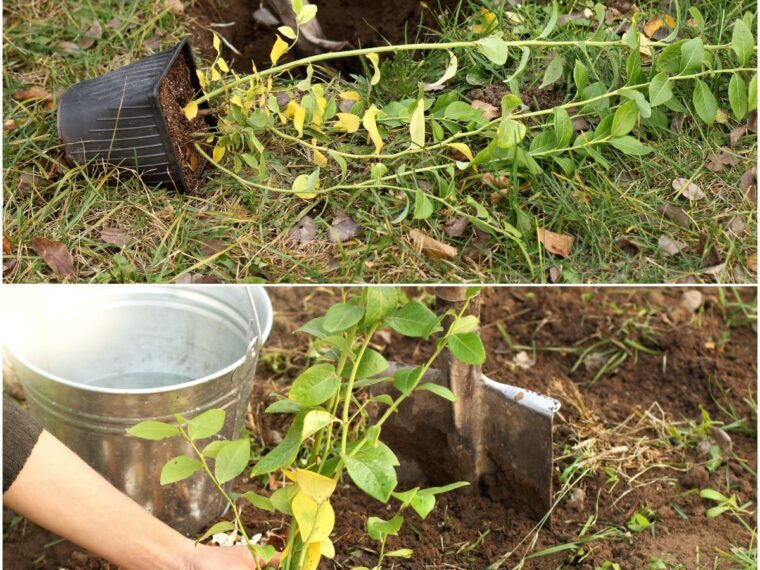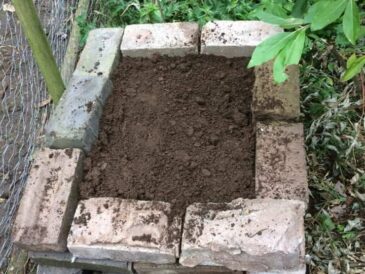Things You Need to Know Before Planting:
- Soil Preparation: Most berries prefer well-drained soil that is rich in organic matter. Ensure that your soil is amended with compost or other organic material to improve drainage and fertility.
- pH Levels: Many berry bushes, especially blueberries, require acidic soil (pH between 4.5 and 5.5). Testing your soil’s pH before planting is crucial. You can amend the soil with sulfur to lower the pH if necessary.
- Location: Most berries need full sun (at least 6 hours of sunlight per day) to produce a good harvest. However, some varieties like currants and gooseberries can tolerate partial shade.
- Spacing: Planting berry bushes too closely can lead to poor air circulation, which encourages diseases. Follow recommended spacing guidelines for each plant type, usually between 2-4 feet apart, depending on the variety.
- Mulching: Mulch helps retain moisture, keeps the soil cool, and prevents weed growth. Straw, wood chips, or pine needles are great options for berry bushes.
- Watering: Young plants need consistent watering until they are established. After that, regular watering during dry spells is necessary to ensure a healthy crop.
- Trellising and Support: Cane berries like raspberries, blackberries, and their hybrids will need support as they grow. Install trellises or other structures to keep the canes off the ground and improve air circulation.
- Pest and Disease Control: Birds love berries, so using netting during the fruiting season can help protect your crop. Keep an eye out for common pests like aphids, spider mites, and fungal diseases. Good air circulation and proper spacing can help minimize disease risk.
By planting your fruit bushes and canes this fall, you set them up for success with a strong root system that will support a large harvest next year. Whether you plant raspberries, blueberries, or any of the other berry types mentioned, you can look forward to an abundance of fresh, delicious berries next summer!
Pages: 1 2




